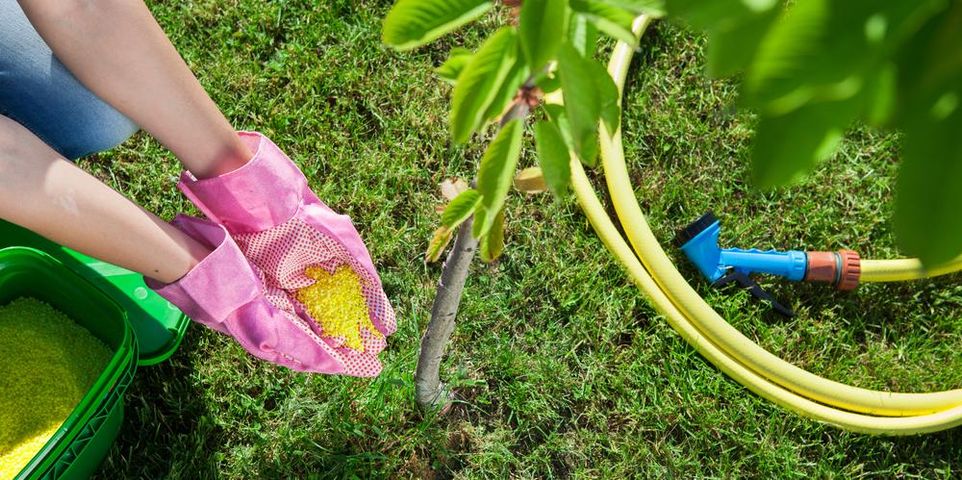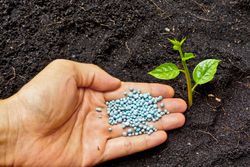
Gardening is a great outdoor hobby, but plants have varied nutritional needs that some beginners find difficult to manage. And in the unique Hawaiian climate, keeping your landscape lush is a challenge. Luckily, it can be made easier with the use of a synthetic or organic fertilizer. Garden Exchange in Hilo is a premier dealer of gardening supplies with a large inventory of these fertilizers and other specialized products. Below, their expert staff highlights five different types to help your garden thrive.
5 Synthetic & Organic Fertilizer Types to Choose From
1. Liquid
Liquid fertilizer comes in liquid or powder form, and it dissolves in water to create a fertilizing mixture. The solution is easy to apply using a spray nozzle or watering pail, but it must be re-applied approximately every two weeks to be effective. The primary benefit of liquid fertilizer is how quickly your plants receive the nutrients.
2. Granular
Granular fertilizers come in concentrated powder capsules that are dispersed on the topsoil of the plant. Once the plant is watered, the solid granules begin to break down and release nutrients into the soil. Because it takes time for the nutrients to release, you won’t see improvement as quickly as liquid fertilizer. However, depending on the type, this fertilizer can last for weeks with no reapplication.
3. High-Tech Granular
 High-tech granular fertilizer is a step above traditional granular varieties. This type comes in a range of timed-release options, so you can optimize the fertilizer for your specific plants. Further, depending on the granule’s coating, this form can continuously provide nutrients for months on end.
High-tech granular fertilizer is a step above traditional granular varieties. This type comes in a range of timed-release options, so you can optimize the fertilizer for your specific plants. Further, depending on the granule’s coating, this form can continuously provide nutrients for months on end.
4. Organic
As the name implies, organic fertilizer is comprised of formerly living materials, such as plants or animal byproducts. Organic fertilizer releases nutrients as the microorganisms in the soil break down the solution. Some gardening enthusiasts feel this method is better for the environment, as it’s all natural and doesn’t repel nearby life, such as earthworms.
5. Synthetic
Synthetic fertilizers, on the other hand, are created with man-made materials, such as ammonia. Plants use both synthetic and organic fertilizers the exact same way, meaning both provide the same necessary nutrients. However, synthetic fertilizers do not contribute any microorganisms or other organic matter that plants must have to survive, so you will have to supplement it with additional products.
Synthetic and organic fertilizers are huge components of successful gardening. To maximize your plant life, choose the type that best meets your plants’ needs, as well as your gardening habits. For all your garden supplies, trust Garden Exchange in Hilo, HI. This family-owned business has over 50 years of experience, and that would be happy to help you. Call the friendly staff at (808) 961-2875 today, and visit their website to browse their inventory.
About the Business
Have a question? Ask the experts!
Send your question

